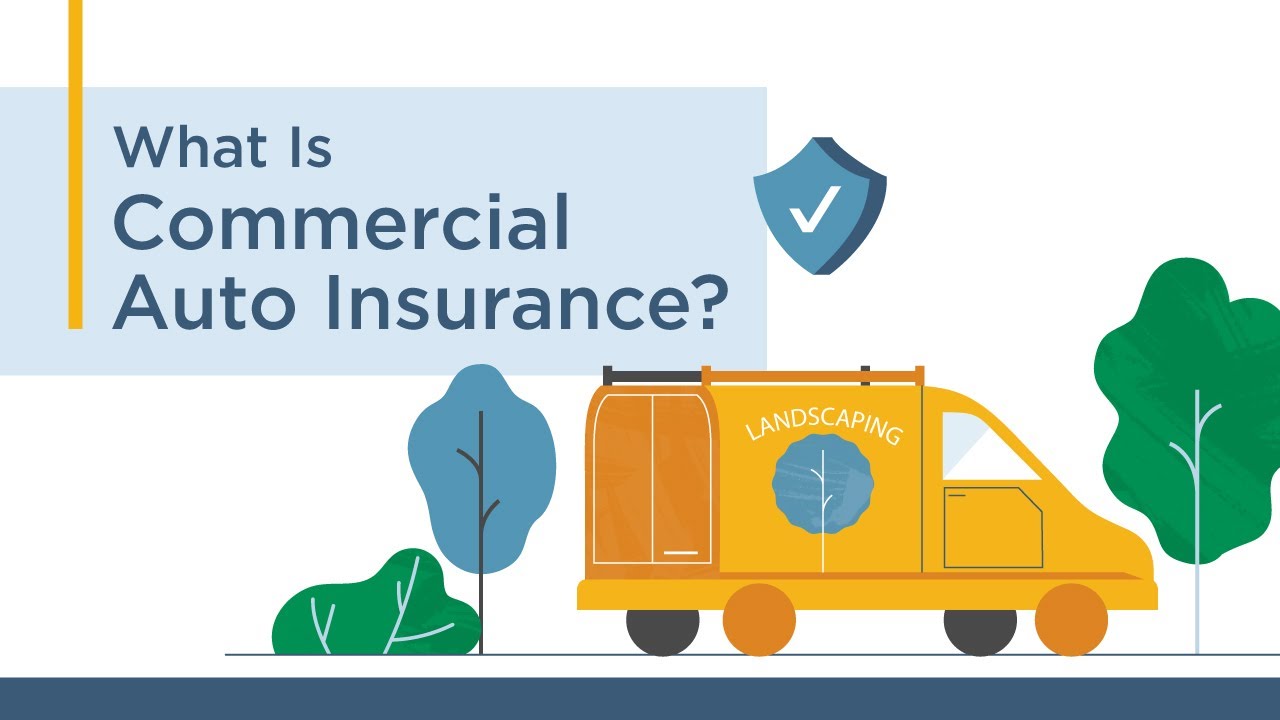The average monthly cost of car insurance for 18-year-old college students ranges from $200 to $400, presenting a significant financial challenge. This expense, coupled with tuition and living costs, makes finding cheap car insurance for students a critical need. This guide examines the factors influencing premiums and effective strategies for securing affordable coverage.
Toc
- 1. Understanding the Financial Landscape of Student Car Insurance
- 2. Exploring Insurance Options for College Students
- 3. Related articles 01:
- 4. Maximizing Savings on Car Insurance’
- 5. Addressing Specific Concerns for College Students
- 6. Related articles 02:
- 7. Alternative Transportation Options and Cheap Health Insurance
- 8. Conclusion: Empowering Student Financial Decisions
Understanding the Financial Landscape of Student Car Insurance

Securing affordable car insurance as a college student requires strategic planning and a comprehensive understanding of the financial landscape. Let’s break down the critical factors that influence insurance costs for young drivers.
Age and Experience: The Risk Factor
Insurance providers typically charge higher premiums for younger drivers due to their limited driving experience. Statistical data reveals that drivers under 25 are involved in approximately 30% of road accidents, making them a high-risk demographic. This statistic is supported by data from the National Highway Traffic Safety Administration (NHTSA). For example, the NHTSA’s 2022 data showed a disproportionately higher crash rate for drivers aged 16-20 compared to older age groups. This higher risk is attributed to factors like inexperience, risk-taking behavior, and distractions.
If you’re an 18-year-old college student, you might find yourself paying significantly more than your older peers. Insurance companies base their rates on statistical data, indicating that younger drivers are more likely to be involved in accidents. Therefore, you might be looking at a monthly premium that could range from $200 to $400 depending on various factors like location, vehicle type, and driving history. However, it’s important to note that advancements in driver education and vehicle safety features are gradually reducing this disparity. Many insurers now offer discounts for completing driver’s education programs or possessing vehicles with advanced safety technologies like automatic emergency braking. These initiatives aim to mitigate the risk associated with young drivers.
Geographic Considerations: Location Matters
Where a student resides dramatically impacts insurance costs. Urban areas in states like Texas often experience higher premiums due to increased traffic density and accident rates. For instance, students in metropolitan areas like Houston or Dallas might face steeper insurance costs compared to those in rural regions.
Additionally, students studying in areas with high crime rates may also see increased premiums. Insurers assess the likelihood of theft and vandalism based on geographic data. The Insurance Information Institute (III) provides detailed state-by-state comparisons of average premiums. For instance, according to the III’s data, states with higher population densities and more congested roadways generally have higher average premiums than those with lower population densities. Therefore, students should be mindful of their location’s impact on insurance costs.
Conversely, some insurers utilize advanced analytics to assess individual risk profiles more accurately, reducing the reliance solely on broad geographic data. This means that even in high-risk areas, drivers with good driving records and safe driving habits might qualify for lower premiums than the area average.
Vehicle Selection: Smart Choices Can Save Money
Choosing the right vehicle is crucial for obtaining cheap car insurance for students. Insurers assess various factors such as:
- Safety ratings
- Theft probability
- Repair costs
- Vehicle age and model
Fuel-efficient, moderately priced vehicles with strong safety records typically qualify for lower insurance rates. For example, a reliable sedan might be significantly cheaper to insure than a flashy sports car. When selecting a vehicle, students should consider factors like:
- Safety Ratings: Cars with high safety ratings are often cheaper to insure. Look for models that have received high marks in crash tests.
- Theft Rates: Certain vehicles are more likely to be stolen than others. Insurance companies may charge higher premiums for cars that are frequently targeted by thieves.
- Repair Costs: Some vehicles are more expensive to repair than others. Insurance rates can reflect these costs, so choosing a vehicle with lower repair costs can save money in the long run.
Exploring Insurance Options for College Students
Coverage Types Explained
When shopping for cheap car insurance for students, it’s important to understand the various types of coverage available. Here’s a quick overview:
1. Third-Party Coverage
- Minimum legal requirement
- Covers damages to other vehicles and injuries to other parties if the policyholder is at fault
- Least expensive option, but does not cover the policyholder’s own vehicle
2. Third-Party, Fire, and Theft
- Additional protection against vehicle theft and fire damage
- Slightly more comprehensive than basic third-party coverage
- Moderate pricing, making it a suitable option for students with older vehicles
3. Comprehensive Coverage
- Most extensive protection
- Covers damages to the policyholder’s vehicle from accidents, theft, vandalism, and natural disasters
- Ideal for newer vehicles and those looking for peace of mind
- Higher premium costs, but may be worth it for students with valuable cars
In summary, understanding the differences between these coverage types can help students make informed decisions about the best car insurance for college students. Each option has its advantages and drawbacks, so it’s essential to assess individual needs and budget constraints.
2. https://namtienphong.vn/mmoga-navigating-cheap-car-insurance-for-students-a-smart-financial-guide/
3. https://namtienphong.vn/mmoga-find-cheap-car-insurance-in-iowa-a-guide-for-new-residents/
4. https://namtienphong.vn/mmoga-cheap-car-insurance-san-antonio-a-guide-to-finding-affordable-rates/
Major Insurance Providers for Students
When considering cheap car insurance for students, several major providers stand out for their competitive rates and student-friendly policies.
GEICO: Student-Friendly Options
GEICO is well-known for offering affordable rates and a variety of discounts specifically for students. Here are some key highlights:
- GEICO Student Discount: Students can save up to 15% on their premiums simply for maintaining good academic performance. This is a fantastic way to leverage your hard work in school to save money on insurance.
- Low Mileage Discounts: If you don’t drive often, you may qualify for a low mileage discount, which can help lower your insurance costs.
- Flexible Payment Plans: GEICO offers flexible payment options, making it easier for students to manage their insurance expenses.
Allstate: Tailored Student Solutions
Allstate provides competitive options for college students, with several discounts and benefits:
- Accident Forgiveness Programs: Allstate may offer programs that prevent your first accident from impacting your premium, which can be beneficial for young drivers still gaining experience.
- Bundling Discounts: Students can save money by bundling their car insurance with other types of insurance, such as renters or health insurance.
- Personalized Coverage Plans: Allstate allows students to customize their coverage based on their unique needs and budget.
Staying on Parents’ Policy vs. Getting Your Own
One of the most critical decisions college students face is whether to remain on their parents’ car insurance policy or obtain their own. Each option has its pros and cons:
Pros of Staying on Parents’ Policy:
- Cost Savings: Often, students save more by staying on their family’s policy, which can be significantly cheaper than securing individual coverage.
- Established Discounts: Parents may have accumulated discounts over the years, which could benefit the student.
Cons of Staying on Parents’ Policy:
- Limited Coverage Options: Students may have less flexibility in customizing their coverage to meet their unique needs.
Getting Your Own Policy:
- Independence: Having an individual policy can be empowering and allows for customized coverage.
- Potential for Better Rates: Depending on driving history and vehicle choice, some students may find lower rates with their policies.
For students considering car insurance for college students away from home, staying on a parent’s policy can be a financially wise choice, especially if they maintain a permanent residence with their parents.
Maximizing Savings on Car Insurance’
Discount Opportunities
To help students save money on their car insurance, many providers offer various discounts. Here are some of the most common:
- Good Student Discount
- Many insurance companies offer a good student discount, rewarding students with good academic performance. Typically, a GPA of 3.0 or higher is required to qualify, which can lead to substantial savings, often reducing premiums by 10-15%.
- Defensive Driving Course Discounts
- Completing a defensive driving course can yield discounts. These courses educate drivers on safe driving practices and can reduce premiums by up to 10% for those who complete them. It’s a win-win for students looking to save money while enhancing their driving skills.
- Usage-Based Insurance (UBI)
- Usage-based insurance, commonly referred to as telematics, allows insurers to monitor driving habits through a device installed in the vehicle or a smartphone app. Safe driving can result in lower premiums, making this an attractive option for responsible drivers.
- Bundling Discounts
- Students living independently can consider bundling their car insurance with other policies, such as renters insurance. This can lead to additional savings, as many providers offer discounts for bundling multiple insurance types.
- Other Discounts
- Insurance companies often provide various additional discounts, including:
- Low Mileage Discounts: For students who drive infrequently, insurers may offer reduced rates.
- Membership Discounts: Being part of certain organizations or clubs can qualify students for further discounts.
- Distant Student Discounts: If a student attends school far from home without a vehicle, some insurers offer special discounts.
- Insurance companies often provide various additional discounts, including:
The Rise of Telematics
A significant recent development is the widespread adoption of telematics-based insurance. Insurers use smartphone apps or in-vehicle devices to track driving behavior, rewarding safe driving habits with lower premiums. Companies like Progressive and State Farm have been prominent in this area, offering significant discounts to drivers who demonstrate responsible driving habits through their telematics programs.
Emphasis on Driver Education
Many insurers are increasingly incentivizing participation in driver education and training programs. These programs teach defensive driving techniques and responsible driving behaviors, thus reducing the risk of accidents. Many insurers offer substantial discounts to drivers who complete certified defensive driving courses, further enhancing the savings potential for students.
Importance of Comparison Shopping
To ensure they are getting the best deal, students should regularly compare quotes from multiple insurance providers. Rates can vary widely, and taking the time to shop around can lead to significant savings. Websites that allow you to compare multiple quotes can save you time and provide a clearer picture of the options available.
Addressing Specific Concerns for College Students
College students often have unique concerns when it comes to car insurance. Understanding these issues can alleviate anxiety about finding the right coverage.
Car Insurance for an 18-Year-Old College Student
For an 18-year-old college student, insurance premiums can be particularly high. On average, the car insurance for 18-year-old college students per month can range from $200 to $400, depending on various factors such as location, vehicle type, and driving history. It’s crucial for young drivers to focus on maintaining a clean record and taking advantage of discounts available to them.
2. https://namtienphong.vn/mmoga-cheap-car-insurance-san-antonio-a-guide-to-finding-affordable-rates/
4. https://namtienphong.vn/mmoga-navigating-cheap-car-insurance-for-students-a-smart-financial-guide/
5. https://namtienphong.vn/mmoga-find-cheap-car-insurance-in-iowa-a-guide-for-new-residents/
Insurance Needs Based on Driving Habits
Students who drive infrequently or have low mileage may not need extensive coverage. Opting for a basic plan or a pay-per-mile option can help reduce costs significantly. Understanding individual driving habits is essential for selecting the right policy. For instance, if you only use your car for occasional trips to the grocery store, you might not need full comprehensive coverage.
Dealing with Accidents and Claims
In the event of an accident, knowing how to file a claim is crucial. Students should document the scene, exchange information with other drivers, and contact their insurance provider promptly. Familiarizing oneself with the claims process can ease stress and ensure that everything is handled efficiently.
Most insurance companies provide a straightforward process for filing claims, often accessible via their mobile apps or websites. Keeping a record of all communications and documentation related to the accident can also help streamline the claims process.
Alternative Transportation Options and Cheap Health Insurance

While car insurance is essential, students should also consider other cost-saving options available to them.
Public Transportation
Utilizing public transportation can be a cost-effective alternative to owning a car. Many college towns have robust public transit systems that make commuting easy and affordable. This not only saves money on insurance but also reduces expenses related to fuel and maintenance.
For students living on or near campus, taking advantage of public transportation can help alleviate the financial burden of car ownership. Additionally, many universities offer discounts for students who use public transit, further enhancing the affordability.
Carpooling and Ride-Sharing
Carpooling with fellow students or using ride-sharing services can also cut transportation costs. Sharing rides reduces the need for insurance and can make travel more convenient and environmentally friendly. Apps like Uber and Lyft provide flexibility for students who may not need a car every day but still want access to transportation when necessary.
Cheap Health Insurance for Students
In addition to car insurance, college students should explore options for cheap health insurance. Many schools offer health plans that cater to student budgets, ensuring that health care is accessible without breaking the bank. Students should take the time to review their options, as having health insurance is essential for managing medical expenses during college.
Conclusion: Empowering Student Financial Decisions
Finding cheap car insurance for students requires research, strategic planning, and proactive decision-making. By understanding insurance dynamics, exploring provider options, and leveraging available discounts, students can significantly reduce their transportation expenses.
Remember, the cheapest option isn’t always the best. Balance affordability with comprehensive coverage to ensure financial protection during your college years. Take action today: compare quotes, explore discounts, and make informed insurance decisions that support your academic and financial goals. With the right approach, you can navigate the world of car insurance effectively and keep your finances in check while enjoying your college experience. Start comparing car insurance quotes today and find the best deal for your needs!









